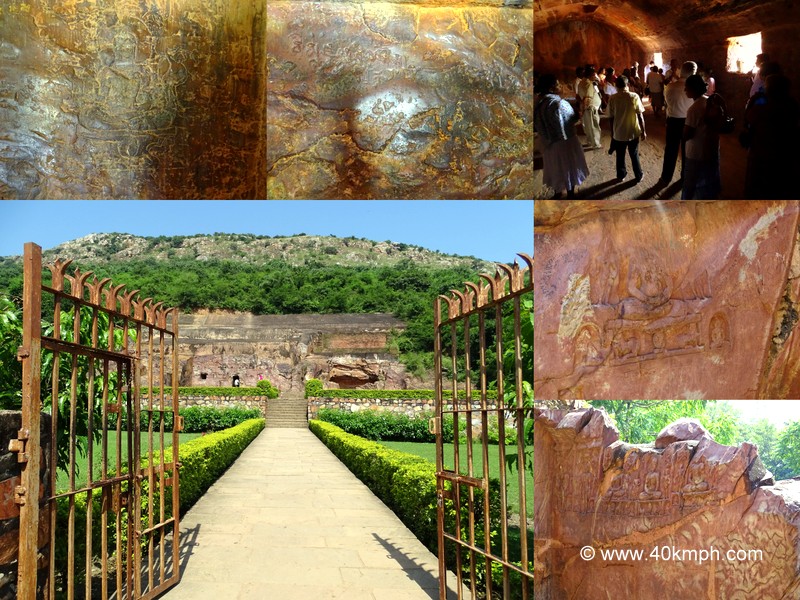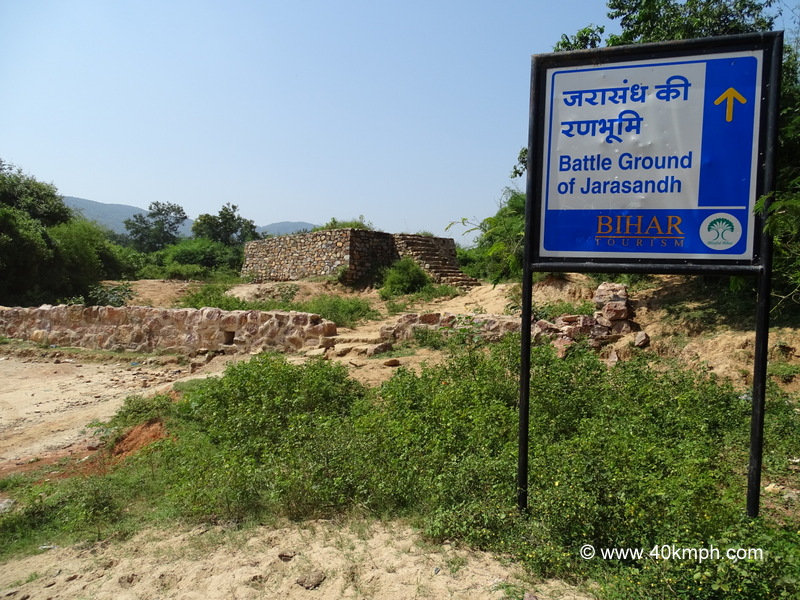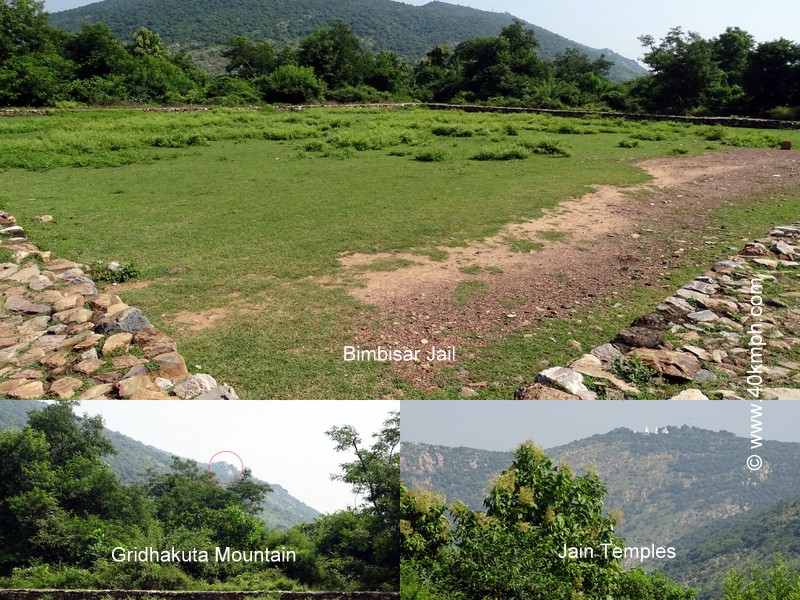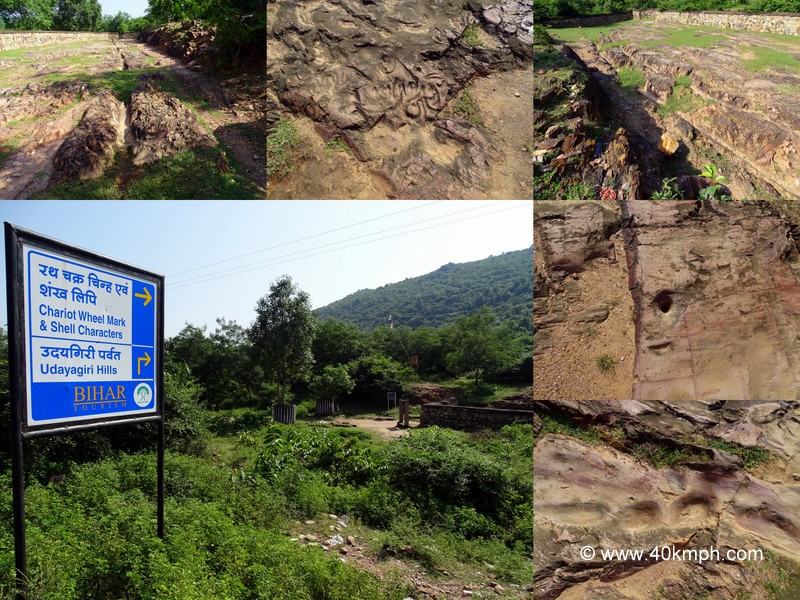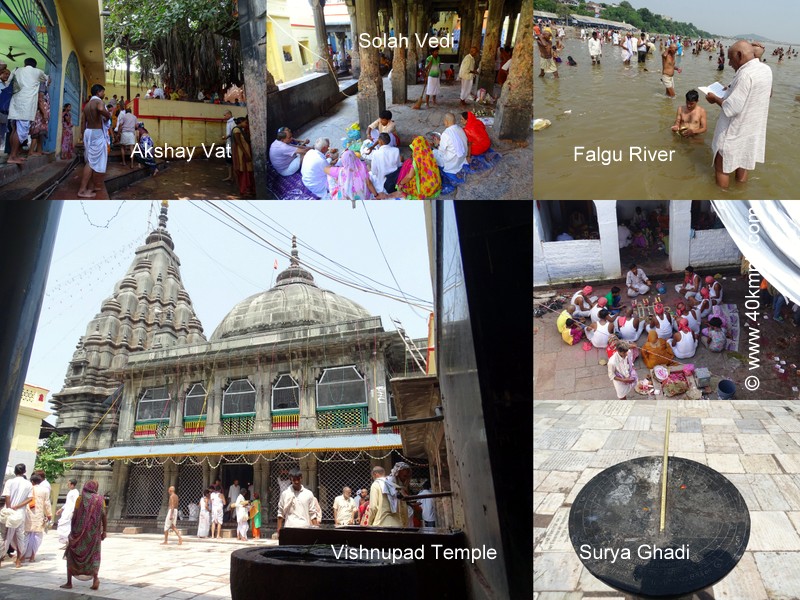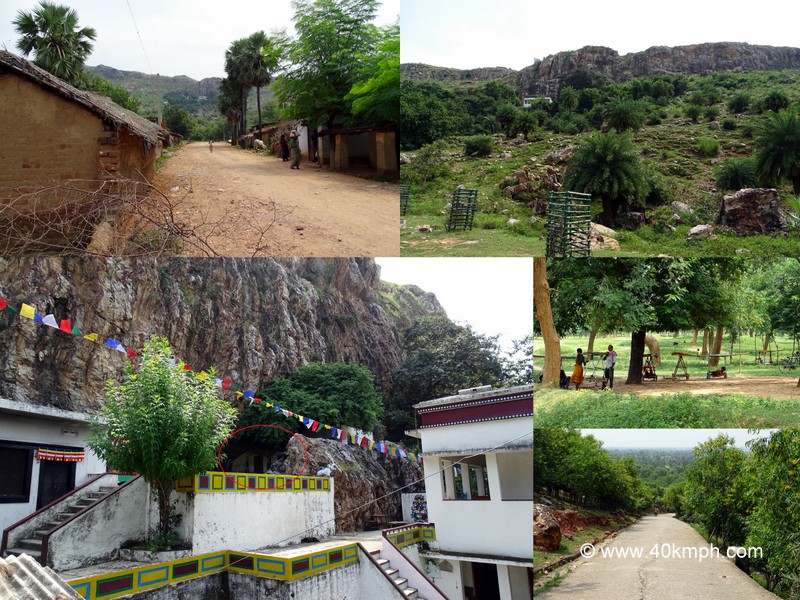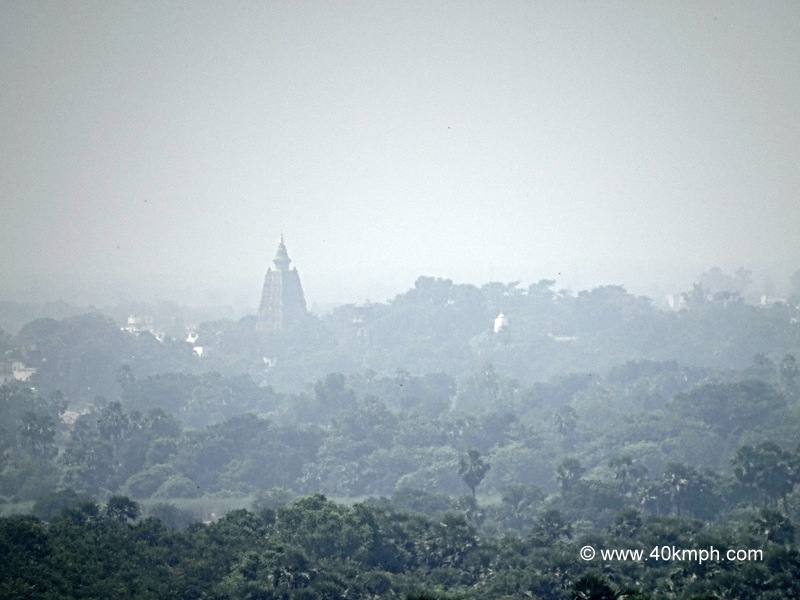At Gaya, near Vishnupad temple, we met Dr. Mahesh Lal-Tirth Purohit who was very busy due to Pitr Paksha. Upon request, he narrated Gaya’s name History, and the importance of Pitr Paksha.
Gaya tirth was earlier also known as Magadh desh. The King of Magadh was Jarasandh, but the story is from Satyug.
In Gaya, there was a demon named Gaya sur – son of Tripura sur. Kolahal mountain is on the southern side of Gaya where Gaya sur was meditating for 10,000 years. Because of meditation, his body becomes so pure that anybody just by touching it immediately reaches heaven. Due to this, there was worry among Devtas. Devtas think that if a demon becomes so famous and powerful on earth, then nobody will think about them and worship them. They will be lesser known or not known in days to come. To solve this issue, all the devtas visited Lord Vishnu and narrated their worries and requested to solve it.
Lord Vishnu said: Let me call Gaya sur to know what he wants to end his meditation.
Gaya sur upon request arrived and said: Lord, I need three wishes to be fulfilled by you, then only I will stop the meditation.
Lord question – What are those three wishes?
1. The location of the meditation and the nearby area to be known as Gaya.
2. Whoever dies, his burning should be done here nearby Falgu river.
(It is said during that time there was no burning procedure, and people just drop dead bodies into Falgu River)
3. Whoever dies for Moksha Pind Daan should be done here in Gaya.
Lord granted all his wishes and said: Gayasur your body is utmost pure. I want to do Yagya on it. Gayasur was ready.
On Yagya day Gayasur lay down on the earth while keeping his head in the south and feet towards the north. Lord put Dharamshila on top of Gayasur and took a Gadadhar roop to start Yagya. During Yagya Lord Vishnu with his right leg pressed Gayasur chest. Thus, Vishnu’s feet imprint was done and this is the location where Vishnupad Temple is, and we offer Pind Daan at the feet of Lord Vishnu.
Vishnupad temple’s height is 100 feet.
It is believed that Gayasur’s body is in five kos (one kos = more than 3 km) and the head is in one Kos.
Panch kosam gaya chetram, kos ekam gaya sirah
In short Gaya tirth is in 5 kos and since those days the importance of Gaya tirth established.
There are three most important historical locations to offer Pind Daan:
1. Narayan Shila at Haridwar is considered as the navel of Lord Vishnu.
2. Vishnupad temple at Gaya (feet of Lord Vishnu)
3. Brahma Kapal at Badrinath i.e., Head of Lord Brahma
I question: The importance of Pitr Paksh?
Dr. Mahesh said: During Pitra Paksha we do not invite Pitr to accept Pind Daan. They themselves arrive at Gaya tirth in hope that someone from their family will visit to offer them Pind Daan.
Gaya Shraddha is of 17 days also known as Tripakshiya Shraddha. Though all days are important at Gaya for Pind Daan but these 17 days are the most important.
It is said that after death a person may enter any other yoni out of 84 lac yoni. If one does Shraddha for dead ones the dead person’s soul enters into God’s yoni in peace, or else will wander into the birth cycle again and again or maybe become a ghost.
Jau ka Aata, Kala Til, Madhu, Rodi, Agarbatti, Abeer, Abrak, Panchmewa, Supari, Flowers, Deepak etc etc are pujan samagri. Pind Daan is only done after one year of the death date.
Thanks very much. Very useful information. Knowledge enhanced.
And I offer a donation for sharing The History of Gaya Tirth. Thanks again.
Dr. Mahesh also narrated another story about Lord Ram, Goddess Sita, and Lord Laxman. While returning from their exile, they stop at Gaya tirth to offer Pind Daan in the name of their father Dashrath.
A similar story was narrated by Dr. Mahesh.
I also met Gautam Kumar Dubey who was very helpful. He is Tirth Purohit for Rajasthan, Madhya Pradesh, Uttar Pradesh, Bihar, Jharkhand, and West Bengal. Gautam said: Maharashtra and Nepal there is only one Tirth Purohit.
Upon query to know more, he enhanced our knowledge
There are 360 vedis to offer Pind Daan in Gaya, but nowadays only 45 vedis (including Kunds – Surya Kund, Vaitarni, Sita Kund) are visited in these 17 days. Vishnupad temple was renovated by Queen of Indore – Ahilya Bai Holkar during the Eighteenth century (1782).
On top of the temple, there is a gold flag and a Kalash – a total of 51 kg donated by Shree Bal Govind Sen (tirth purohit of Gaya).
Shree Shambhu Lal Vithal (temple committee member) further enhanced knowledge. He said Shree Bal Govind Seth’s family also donated 50 kg of silver that is around Lord Vishnu’s feet inside the temple.
Wonderful knowledge. Thanks to all of them. Thanks again.
Like this:
Like Loading...
